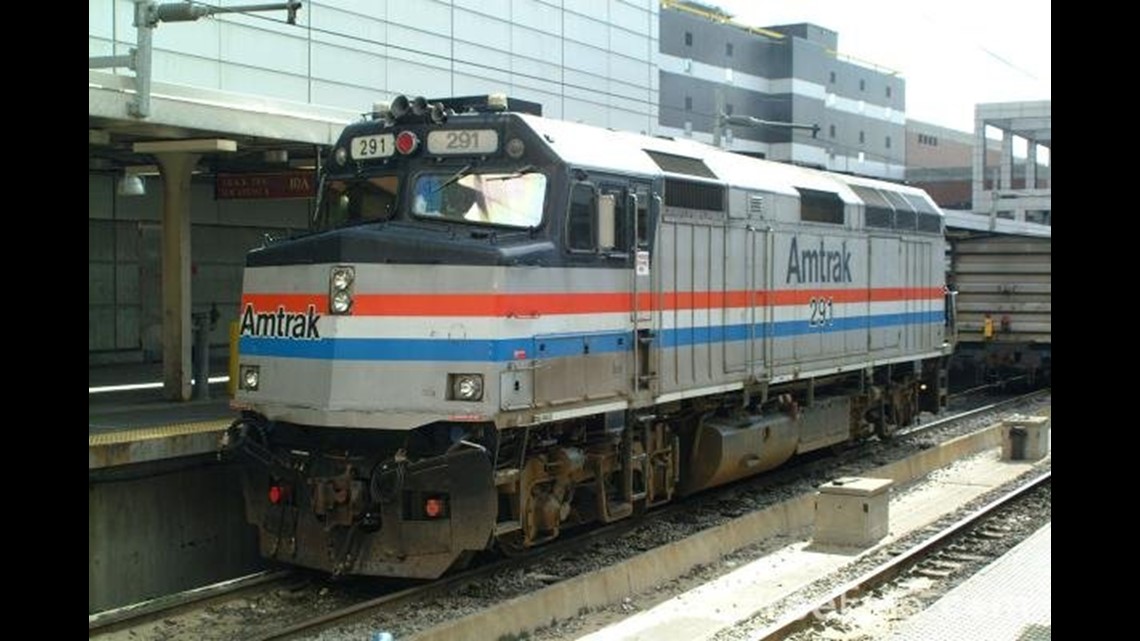

“Congress is clearly 100 percent in charge in directing how long distance train service is provided in the United States and has been ever since it created Amtrak more than 40 years ago,” Boardman said. “Should Congress again decide in the next passenger rail reauthorization to continue a national system, Amtrak is dedicated to ensuring that long distance trains are sustained and run as efficiently and effectively as possible.”
Boardman explained that federal law requires Amtrak to operate a national passenger rail system that includes long distance routes. The current law also includes a “Sense of Congress” statement that declares “long distance passenger rail is a vital and necessary part of our national transportation system and economy.”
He noted that long distance trains are a public service, provide national connectivity and mobility, feed riders onto the rapidly growing state-supported corridor services and deliver about half a million passengers to the Northeast Corridor each year. Since 2006, ridership on long distance trains is up nearly 27 percent and in FY 2012, six of the 15 routes set new ridership records. In addition, Amtrak long distance trains serve 40 percent of America’s rural population and are the only remaining scheduled intercity transportation in many places as intercity bus and airline service disappear from smaller communities.
Boardman stressed that a focus on improving financial performance is achieving results for America’s Railroad®, including: setting new records for ridership, revenue and on-time performance; covering 88 percent of operating costs with ticket sales and other revenues; reducing federal operating support to just 12 percent; and significantly paying down debt.
He also stated that making Amtrak better is not solely about controlling and cutting costs. For example, in FY 2012, about 50 percent of Amtrak expenses were for labor costs—an amount not unique for the service industry and lower than the 55 percent average for the manufacturing sector in the U.S.
Boardman said that the national intercity passenger rail network delivers a huge public benefit and that every penny made is reinvested in Amtrak with an overwhelming majority of revenues and funding spent in America.
A copy of the full written testimony is attached and can be found here. Also attached is the language of the “Sense of Congress Regarding the Need to Maintain Amtrak as a National Passenger Rail System” found in the Passenger Rail Investment and Improvement Act of 2008.
